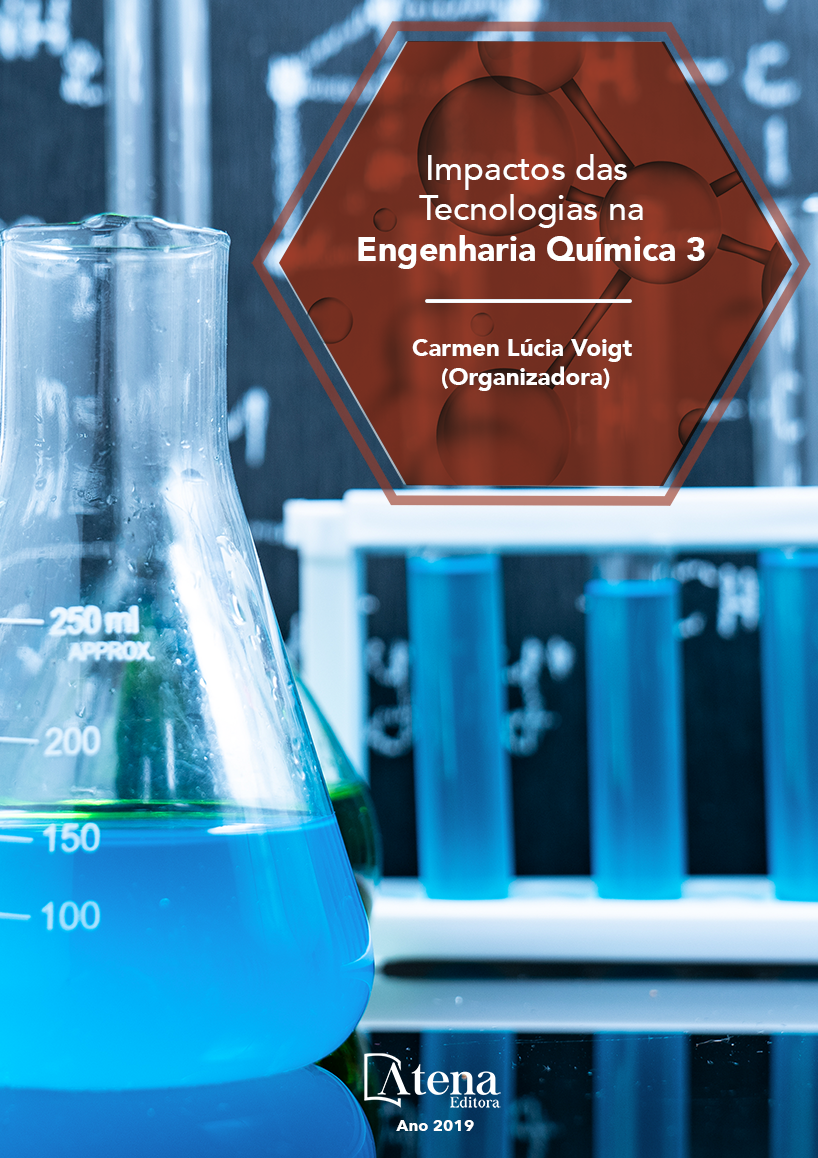
CARACTERIZAÇÃO DE CÁPSULAS DE CAFÉ PÓS CONSUMO VISANDO A RECICLAGEM NA INDÚSTRIA TÊXTIL
As máquinas de café expresso em
cápsula tornaram o preparo do café muito mais
rápido e prático. No entanto, com semelhante
rapidez são gerados resíduos provenientes do
descarte das cápsulas e esses que deveriam
ser reutilizados ou reciclados, em detrimento
da disposição em aterros sanitários, na
realidade não o são. Diante disso, o uso de
cápsulas de café pela indústria têxtil pode
ser uma potencial via de reciclagem, dando
uma adequada destinação a esses resíduos.
Para tanto, foi realizada a caracterização das
cápsulas pelas técnicas espectroscopia na
região do infravermelho com transformada de
Fourier (FTIR) e termogravimétrica (TG). Por
essas técnicas pode-se verificar a presença
de polipropileno, porém não foram eficientes
na identificação das outras camadas. Portanto,
sugeriu-se a utilização de outras técnicas
para caracterização, que em conjunto com
as informações já obtidas, torne possível a
reciclagem das cápsulas de café para obtenção
de filamentos têxteis.
CARACTERIZAÇÃO DE CÁPSULAS DE CAFÉ PÓS CONSUMO VISANDO A RECICLAGEM NA INDÚSTRIA TÊXTIL
-
DOI: 10.22533/at.ed.31919010434
-
Palavras-chave: Cápsulas de café. FTIR. TG. Polipropileno. Poli(etileno-co-álcool vinílico). Indústria têxtil.
-
Keywords: Coffee capsules. FTIR. TG,. Compatibilizing agent. Polypropylene. Poly(ethylene-co-vinyl alcohol).Textile industry.
-
Abstract:
The espresso coffee machines
fed by capsules made coffee preparation much
quicker and more practical. However, waste
from the capsules’ disposal is generated and
not reused or recycled as it should, opposing
to its disposal in landfills. Therefore, the use of
coffee capsules by the textile industry may be
a potential recycling route, giving an adequate
destination for these residues. For this purpose,
the characterization of the capsules by Fourier
transform infrared spectroscopy (FTIR) and
thermogravimetry were performed. By these
techniques, the presence of polypropylene could
be verified, but they were not efficient in the identification of the other layers. Therefore,
it was suggested to use other techniques for characterization, which together with the
information already obtained, make it possible to recycle the coffee capsules to obtain
textile filaments.
-
Número de páginas: 15
- Priscilla Sayuri Nakazawa
- Ana Maria Ferrari
- Ana Claudia Ueda
- Valquíria Aparecida dos Santos Ribeiro


